
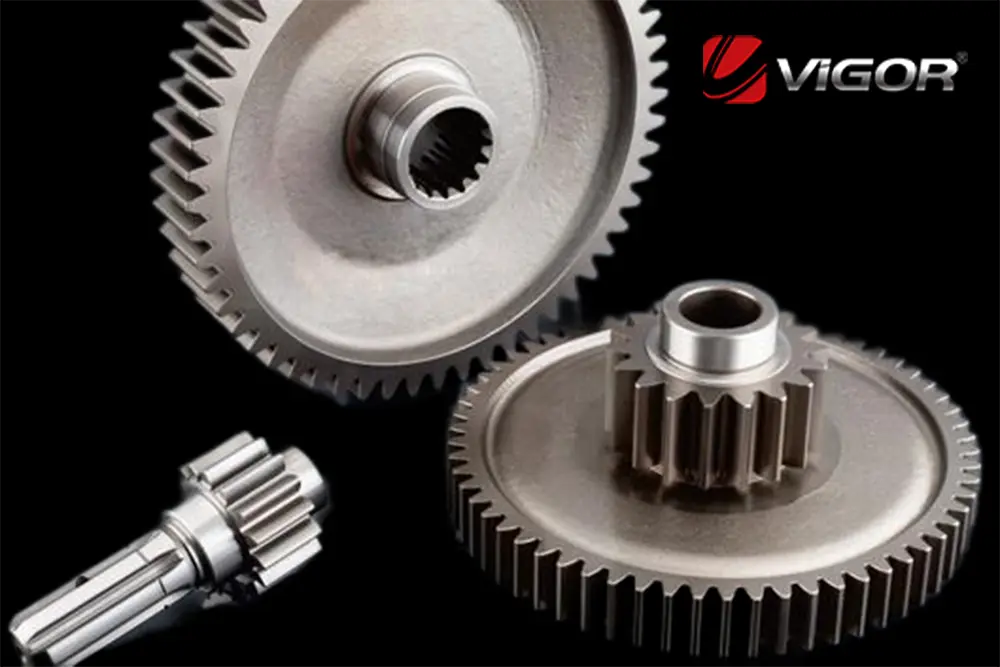
The selection of materials for the gear discs of a reducer and the determination of the tooth profile are crucial steps to ensure the performance and lifespan of the reducer. This process requires a comprehensive consideration of various factors to ensure that the ultimately selected materials and tooth profiles can meet the specific application requirements.
2025-02-14 16:32:37
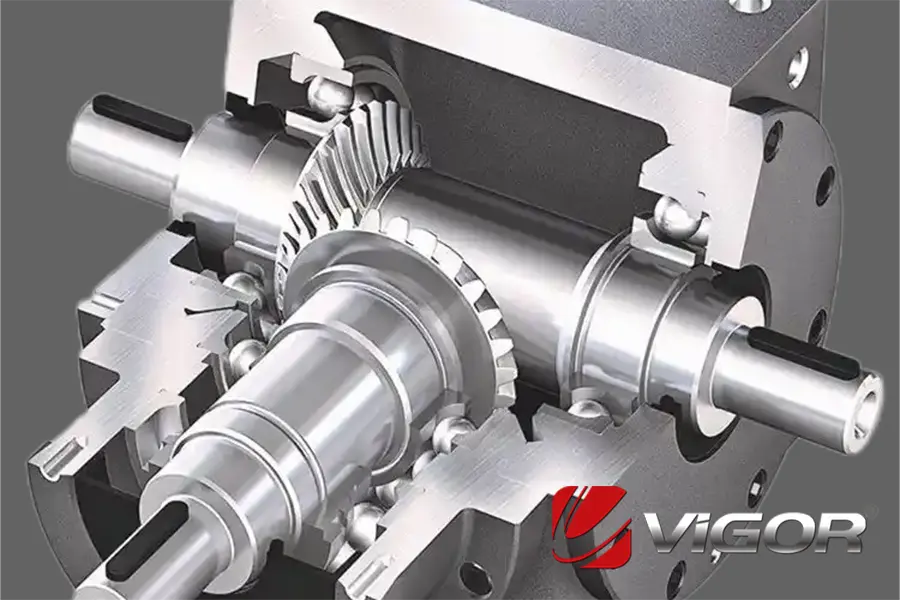
The transmission shaft of a reducer is an indispensable key component in mechanical transmission systems. It comes in various types, each with its unique functions and features, and is widely used in all kinds of mechanical equipment. The following is a detailed introduction to the types of transmission shafts of reducers, including their functions and characteristics:
2025-02-14 16:28:38
2025-02-14 10:31:09
2025-02-14 10:30:54
2025-02-14 10:30:49
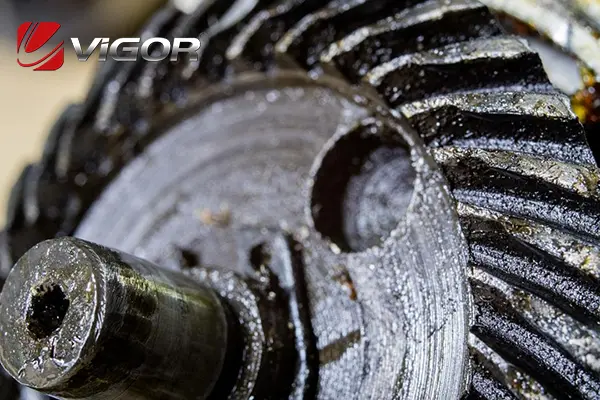
Under the repeated action of alternating loads, the tooth root is subjected to significant bending stress. When this stress exceeds the limit that the material can withstand, tiny cracks will form at the tooth root. Over time, these cracks will gradually expand, eventually leading to fatigue breakage of the tooth. Additionally, sudden breakage may occur when the gear is subjected to short-term overload or sudden impact loads. To prevent tooth breakage, several measures can be taken: Firstly, through reasonable design and material selection, the bending stress at the tooth root can be limited. Secondly, the geometry and dimensions of the gear can be optimized to reduce stress concentration at the tooth root. Thirdly, the tooth root can be strengthened through processes such as shot peening or rolling to enhance its fatigue resistance. Finally, scientific heat treatment processes can be employed to ensure that the mechanical properties of the gear material are at their best.
2025-02-13 17:03:10
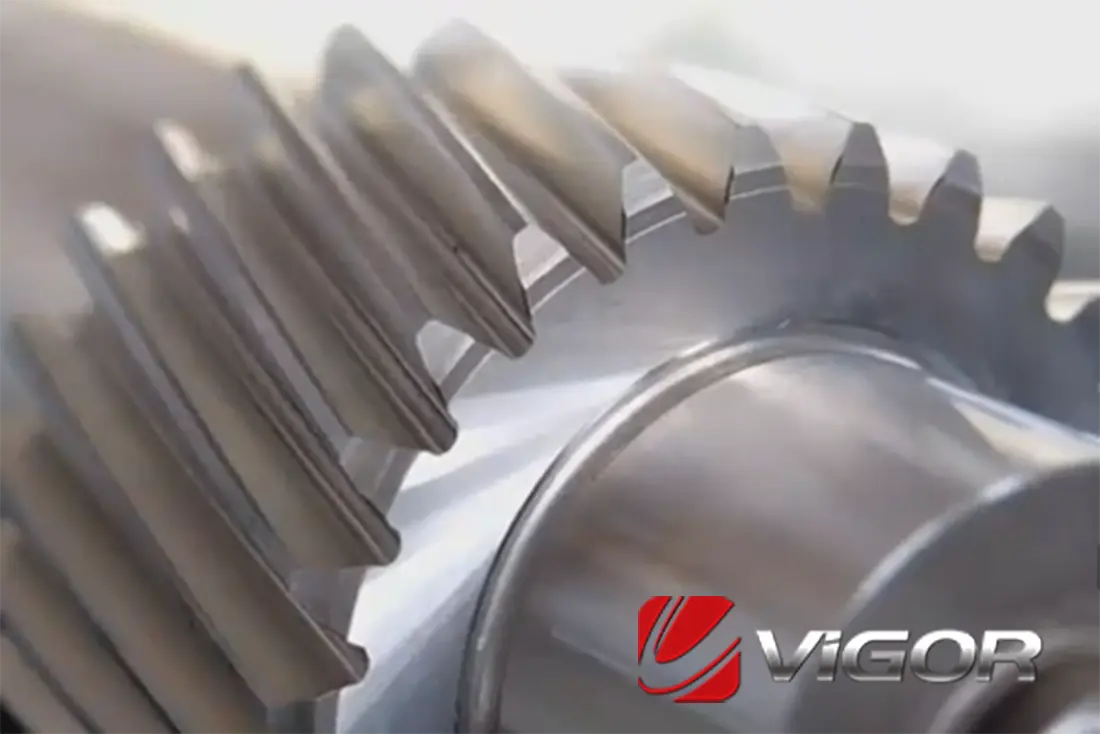
Gear shaft plays an indispensable role in power transmission. This critical component ensures the stable operation and efficient transfer of power within mechanical systems, making it a cornerstone of modern industrial machinery.
To fully appreciate the significance of the gear shaft, one must understand its unique structure and functionality. The gear shaft is designed with precision-engineered gears that facilitate the conversion of different speeds and torques. This adaptability allows it to meet the diverse demands of various complex mechanical systems. For instance, in automotive applications, the gear shaft can adjust the speed and torque required for different driving conditions, ensuring optimal performance. In heavy machinery, it can handle substantial loads while maintaining smooth operation. This versatility is crucial for industries ranging from manufacturing to aerospace.
2025-02-13 16:51:37
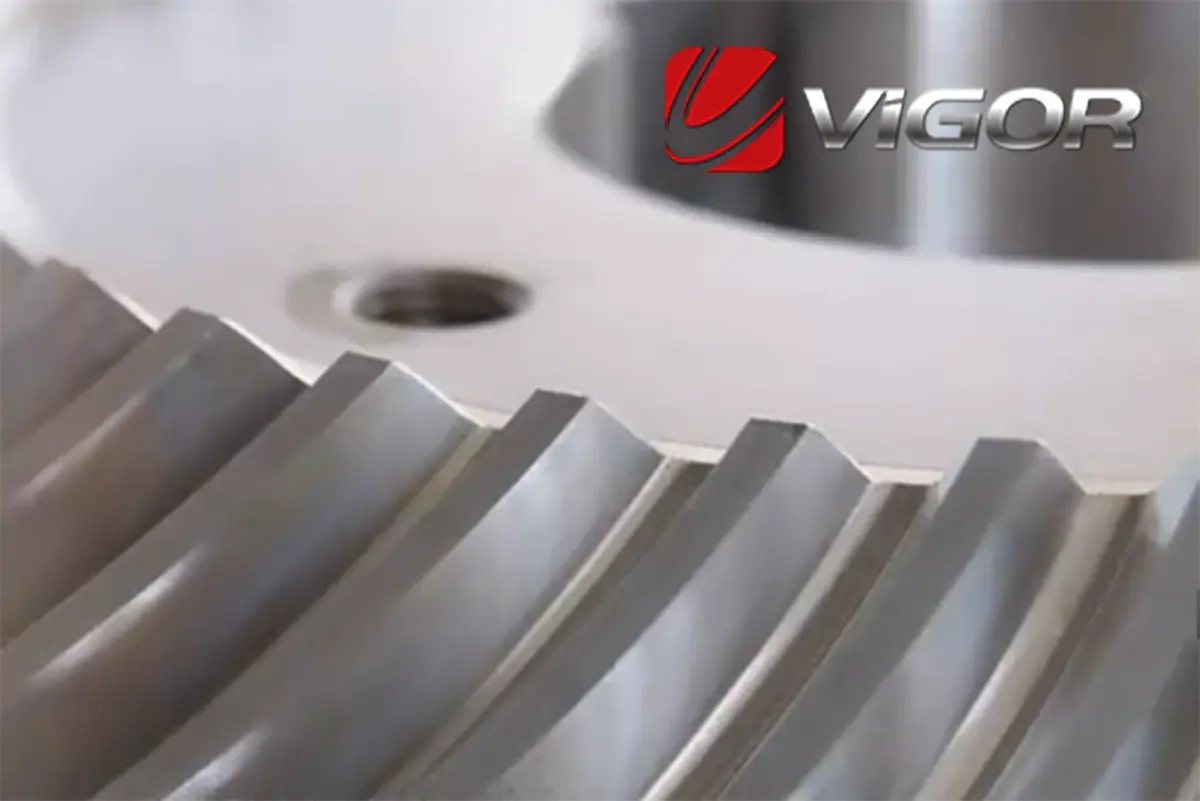
Helical gears are actually a special form of helical gears. They have a close connection in terms of geometric structure and tooth profile design. From the perspective of a single gear, both helical gears and spiral gears are essentially helical gears, and their tooth surfaces are at a certain angle to the axis. This design enables them to achieve smoother meshing during transmission. However, when used as a gear pair, helical gears are typically employed in parallel shaft transmission systems and are suitable for applications that require high precision and high load; while spiral gears are more often applied in transmission systems where the two shafts are not parallel and are spatially crossed, effectively addressing transmission issues in complex spatial layouts.
2025-02-13 16:28:59
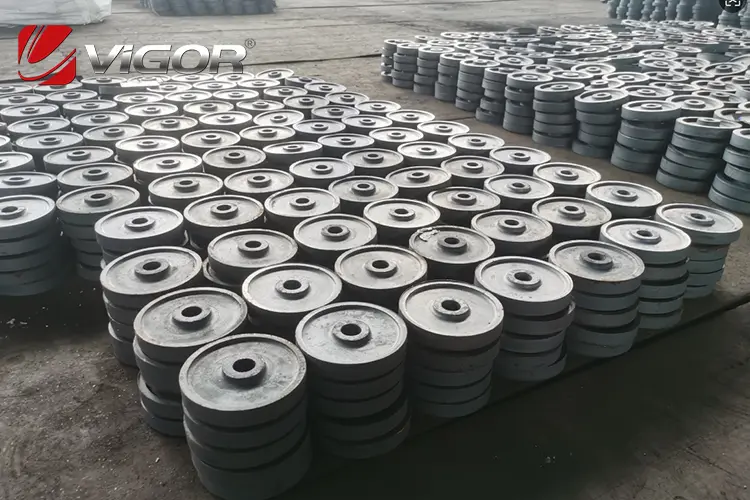
In the production process of gear disk blanks, quality control is the key to ensuring the accuracy of subsequent processing and the performance of the product. The following are the main quality control points in the production of blanks:
2025-02-13 16:22:38
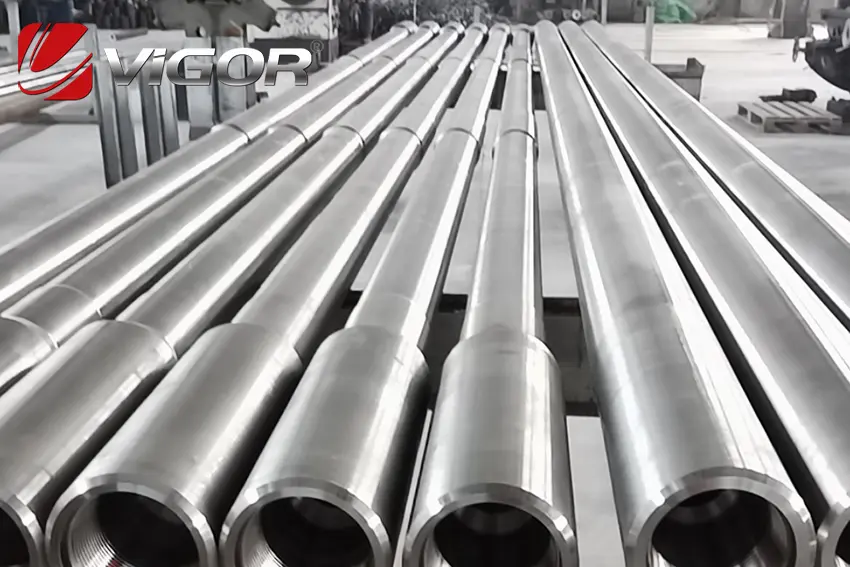
Weak-magnetic stainless steel motor shafts are primarily composed of austenitic stainless steel and other materials with low magnetic permeability. This composition ensures that these shafts retain the inherent advantages of stainless steel, such as corrosion resistance and high strength, while also exhibiting weak magnetic properties. The minimal magnetism of these shafts is particularly advantageous in environments where magnetic interference must be minimized. For instance, in medical equipment and precision instruments, where stringent magnetic field requirements exist, weak-magnetic stainless steel motor shafts can significantly reduce electromagnetic interference (EMI), thereby ensuring the accurate operation and reliable performance of electronic devices.
2025-02-13 16:15:36
2025-02-13 15:28:30
2025-02-13 15:28:23
131



